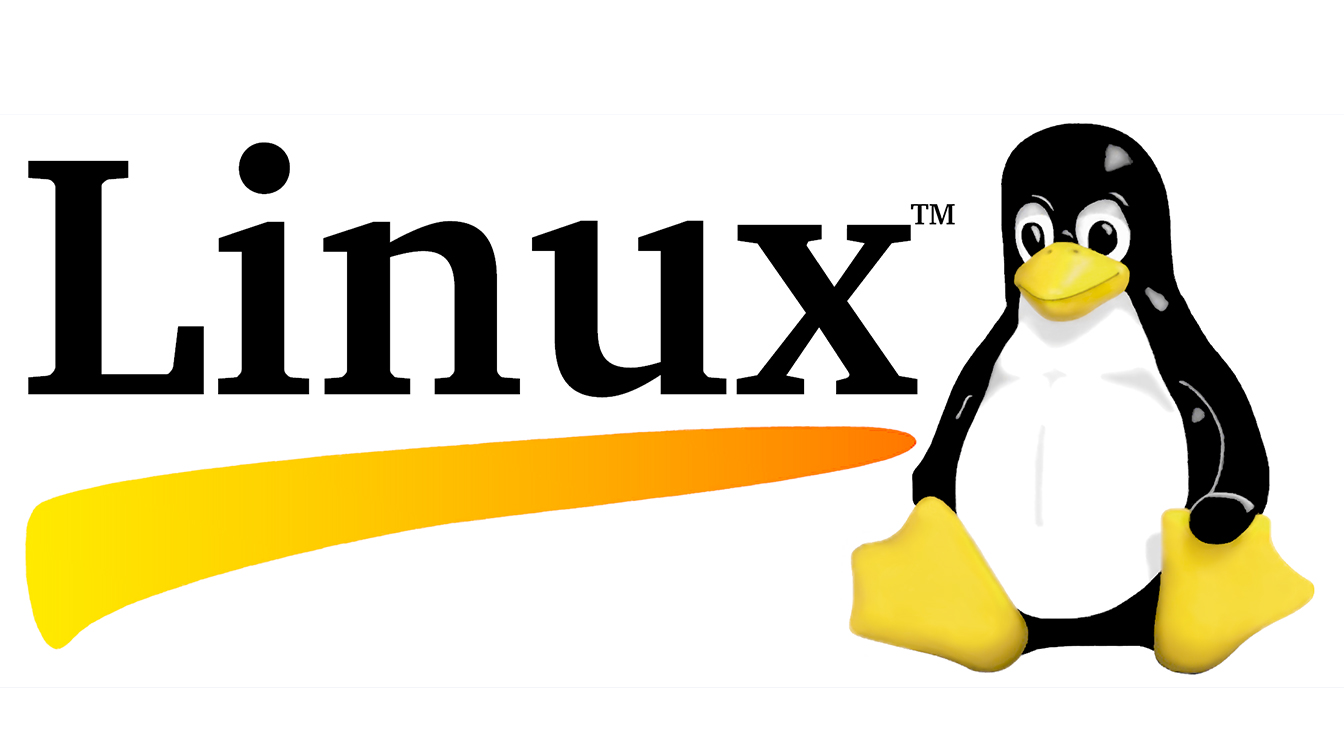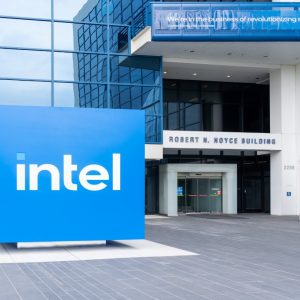
The 25th August 2016 marks a quarter of a century since Linus Torvalds announced the inception of a new operating system. At the time he deemed this new OS “just a hobby”, something that would be free and open, but not big or professional.
25 years later and the OS – dubbed Linux by one of Linus’ colleagues – has been ported to more hardware platforms than any other operating system. So how, and why, did Linux go from “just a hobby” to the fastest growing OS in the world?
Humble beginnings
For computer science students in the 1980s and early 90s, UNIX was the operating system of choice. There were few initial complains about this – it was powerful and offered functions that Windows couldn’t such as multi-tasking. But it wasn’t free, so students were unable to use the system at home. Minix was one alternative available at the time but this was small scale, designed primarily for professors to teach computer science.
Minix ran on an Atari system, but with Intel’s release of the 80386 processor – the minimum required to run Linux – home computers running a UNIX variant became affordable for students.
Linus decided to create his free OS so that we students could work at home on our PCs, but without the limitations of Minix or the expense of UNIX.
Initial interest
There was a buzz around this new operating system from the outset. There was no big team or project manager, but the fact that Linus made the system freely available from the beginning was very clever. He quickly won the minds and hearts of computer programmers all over the world. Students and enthusiasts began to remove bugs and add features, driven by nothing other than a wish to create a fantastic OS.
Before long, some UNIX-focused magazines, such as IX in Germany, caught wind of the new OS. They began to write the first articles about Linux, which led to initial interest from companies. They saw potential in an OS as powerful as UNIX but free and open by nature, and the clever ones started to send students hardware to help with the development process.
While organisations did begin to get more involved in the Linux story, Linus was (and still is) always interested in the technology itself first and foremost, not business or politics. To this day, he won’t accept a patch unless it meets certain technical criteria – not even if it were to come from the President of the United States! He wants a really great working Linux kernel, and only accepts source code that will make Linux the best it can possibly be.
Linux in the enterprise
From the early days of Linux, companies were hoping they would basically be getting UNIX for free. But Linux wasn’t up to that yet. It wasn’t robust enough and there was more work to be done on the technology.
Companies were looking to expand and tweak their internal systems, which was difficult on Windows and UNIX systems. By nature, these are closed and inflexible so a business was out of luck if it had a specific requirement. Vendor lock-in was also an issue for organisations tied into expensive UNIX and Windows systems.
The catalyst for this all changing came when Linux was available for more than just a PC, including other hardware platforms like DEC Alpha. At that time Linux became commercially viable, and companies were able to start effectively using the technology in place of UNIX or Windows.
We realised Linux had made it when the first big hardware vendors went “all in” to support Linux. On the hardware side, IBM’s move to invest $1bn USD is one good example, or on the software side when Oracle started to port its database to Linux or when SAP started to port their apps.
Driving digital transformation
Taking a step back from the technology itself for a moment, it’s also important to look at the wider commercial reasons for the growth of Linux.
Nowadays, digital transformation is changing businesses and their IT infrastructures beyond recognition. In turn, and as the amount of data produced by businesses and consumers continues to grow, this is leading to a growing market for mission-critical applications and data analytics.
As a result of this shift, many companies are moving their data to the cloud to reduce costs and to make their IT infrastructure more efficient. Linux solutions can deliver reliability and security in this context, and it’s for this reason that many cloud providers like AWS or Microsoft Azure use Linux solutions in their data centres.
In the near future, Linux will be everywhere that companies tend to implement internet applications or where data is stored. The benefits are clear: due to the interest in Linux from the ever-growing developer community, upgrades are faster compared to proprietary software vendors and security gaps are closed quickly.
‘Every day’ Linux
In its own right, Linux has become the OS of choice for the enterprise. But on a consumer level, most individuals interact with Linux on a daily basis, they just don’t know it.
Drive a BMW? You’re using Linux every day, with everything from navigation to the in-car entertainment system running on Linux.
Use an Android mobile phone? Again, you’re using Linux on a daily basis, as Android runs on the Linux kernel and is maintained by Google. Many other smart devices running on Android also use Linux.
Linux has pervaded all aspects of our day-to-day use of technology. Everything from wireless routers and internet connectivity boxes to supercomputers and smart TVs all run on Linux.
Modern day Linux
Looking at 2016, Linus is still at the helm but has an armada of people helping him on the Linux journey, with maintainers handling each subsystem and dealing with the incredible amount of code.
Each patch has to be clean and nicely written – Linus and his maintainers will not accept a contribution unless it adheres to these criteria. The purity of the system driven by this approach is arguably the biggest asset of Linux.
These standards and key principles of being “open” and “free” from a source code point of view were the values that attracted many developers in the first place. Now, they are giving companies and users’ investment protection in the long run.
I started out with Linux purely as a hobby and because I needed it for my computer science studies. The moment I realised that I could turn my hobby into my job was a real personal turning point. The continuous stream of integration, enhancement and worldwide collaboration that Linux provides means that it will continue to be successful for years to come.
So happy 25th anniversary, Linux! Here’s to the past 25 years of excellence, and many more to come.






